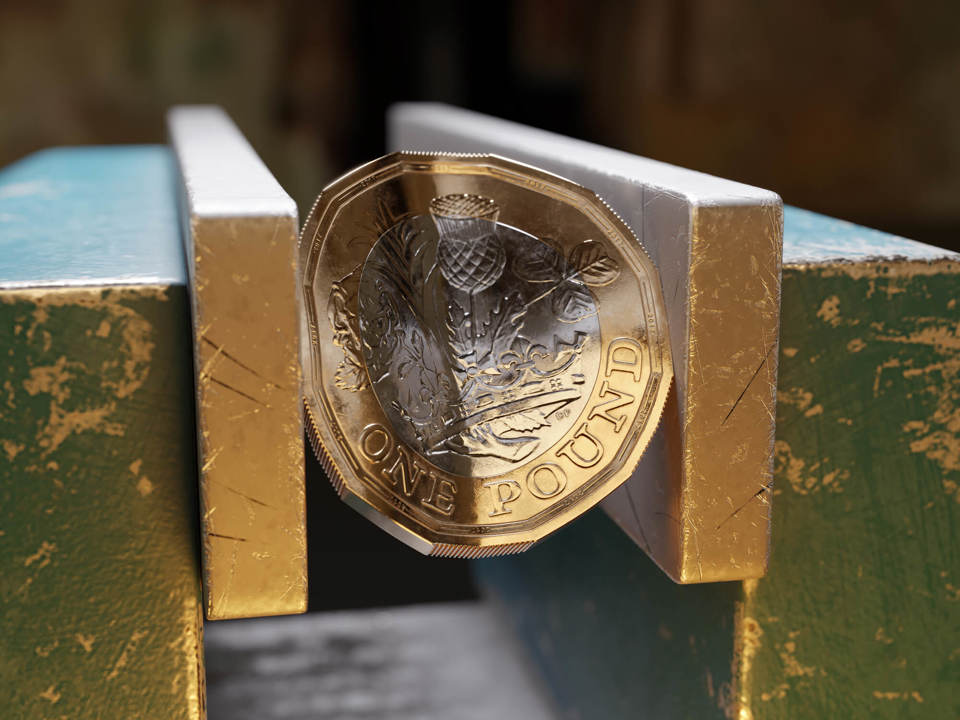The Government is using tax as a means of encouraging the use of ‘cleaner cars’ by aligning tax bands with a vehicle’s CO2 emissions.
These thresholds have reduced on a regular basis since their introduction, explains Tonks. “For example, a car with CO2 emissions of 190g/km would have been within a 20% band in 2002, but in 2009 would be taxed at 26% and in 2010 at 27%.”
As John Lewis, chief executive of the British Vehicle Rental and Leasing Association (BVRLA) puts it: “As far as the taxman is concerned, the writing is on the wall for most executive gas guzzlers. It’s no longer about what you spend on a vehicle; it’s what comes out of the back end that counts.”
But it’s not just company car tax where it is possible to save money as further savings can be made through capital allowances.
Outright purchase cars with CO2 emissions above 160g/km receive a 10% writing down allowance (WDA), while those at or below 160g/km attract a 20% WDA.
For leased cars emitting more than this threshold, employers can only claim 85% of the financial element of the rental against tax, while if they are sub-160g/km they can claim 100%.
“This means that organisations buying a vehicle outright emitting 160g/km or below are able to offset twice as much of the cost of depreciation against their corporation tax bill each year,” says Lewis.
There is even greater incentive for firms willing to buy vehicles that produce emissions below 110g/km, as the Government has said that until 2013 it will allow companies to write off the full cost of these cars in the first year.
Click here for more on Car Emissions.
















Login to comment
Comments
No comments have been made yet.